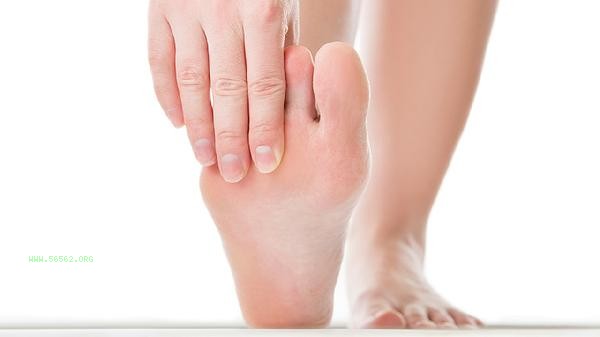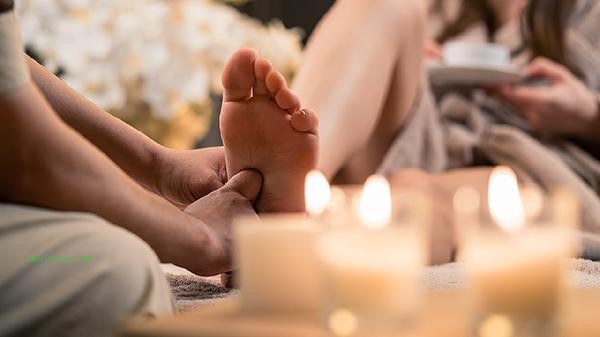Difficulty squatting or needing to tiptoe to complete squatting movements is usually related to insufficient joint mobility and muscle strength imbalance in the lower limbs, which can be improved through targeted exercises.

1. Ankle joint flexibility training
Limited dorsiflexion of the ankle joint is a common cause of difficulty in squatting, and heel to wall training can be performed. Stand facing the wall, with your toes about 10 centimeters away from the wall. Keep your heels on the ground and slowly bend your knees to touch the wall. Repeat this process to increase the range of ankle joint movement. During training, pay attention to avoiding knee adduction. Daily practice can help improve squatting depth.
2. Hip joint activation exercise
Insufficient strength of the hip muscle group can affect the control of squatting posture. It is recommended to perform wall leaning static squatting training. Slowly squat with your back against the wall until your thighs are parallel to the ground, keeping your waist straight and knees no higher than your toes. Maintaining it for 30 seconds each time can enhance the coordinated strength of the gluteal and quadriceps muscles, gradually transitioning to unsupported squats.
3. Core Stability Enhancement
Weak trunk strength can cause the body to lean forward when squatting, and alternating leg lifts with plank support can be practiced. Prone position with elbow support on the ground, alternately lift one leg and maintain pelvic stability, 10 times per group. Strengthening the core muscle group can better maintain the neutral position of the spine during squatting and reduce tiptoe compensation.

4. Fascia relaxation treatment
Tension of triceps muscle of lower leg will restrict ankle joint activity. Use foam axis to roll and relax gastrocnemius muscle. In sitting position, place the lower leg on the foam shaft, slowly roll back and forth to find the pain point and stay for 2 minutes on each side. Combined with Achilles tendon stretching, it has a better effect and can effectively improve the dorsiflexion angle of the foot during squatting.
5. Progressive Squat Practice
Starting from the box squat, establish the correct movement mode, lightly touch the chair with your hips, stand up, and gradually lower the height of the chair. In the later stage, you can hold onto the fixed object and perform a full range squat, paying attention to keeping the soles of your feet fully in contact with the ground. Three times a week, in three groups each time, gradually increasing the range until the standard squat is completed. Improving squatting ability requires a systematic evaluation of joint function and muscle status. It is recommended to perform dynamic warm-up before training to avoid injury. In the initial stage, elastic bands or yoga bricks can be used as aids, combined with low impact aerobic exercises such as swimming and cycling to enhance lower limb endurance. If accompanied by joint pain or persistent inability to improve, a rehabilitation therapist should be consulted for professional evaluation to rule out the possibility of organic lesions in the hip, knee, ankle, and other joints. Daily attention should be paid to avoiding prolonged sitting and getting up every hour to promote blood circulation.









Comments (0)
Leave a Comment
No comments yet
Be the first to share your thoughts!